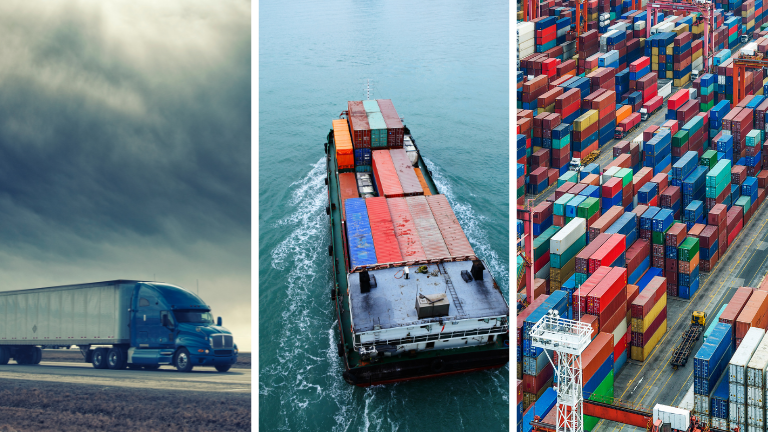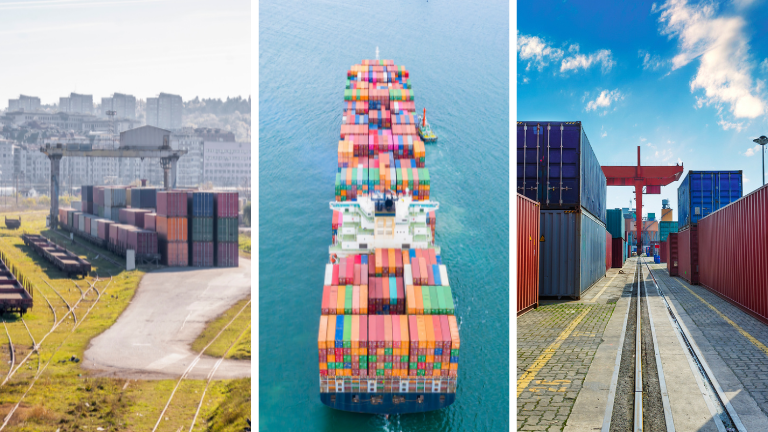Berth
Introduction: What is a Berth?
A berth is a designated spot usually found at a dock or terminal, where ships are anchored for loading and unloading activities. Understanding what a berth is and its importance is essential for shipping companies, logistics providers, and even for individuals who engage in any form of marine transportation. In this article we will delve into what a berth is, its types, the factors that influence berth allocation, and much more.


Functionality of a Berth
The primary role of a berth is to provide a secure, designated location for a ship to anchor during its time in port. While anchored, the ship may undergo various activities such as loading and unloading cargo, refueling, maintenance, and occasionally crew changes. In essence, the berth serves as a temporary “parking spot” for the vessel.
Types of Berths
Construction-Based Classification of Berths
Solid Structure Berths
Also known as “Quay Wall Berths,” solid structure berths are rigid, fixed structures usually constructed parallel to the shoreline. Characterized by their robust and sturdy construction, these berths commonly involve materials like steel, concrete, or other heavy-duty materials.
Open Structure Berths
Sometimes referred to as “Pier Berths,” open structure berths have open sides that allow water to circulate freely beneath them. These types of berths are particularly useful in ecologically sensitive areas where water flow is crucial.
Purpose-Based Classification of Berths
Conventional Berths
These berths are the workhorses of the maritime industry, designed to accommodate general cargo. They include:
- Alongside Berths: Ships dock parallel to the shore.
- End-on Berths: Designed for ships to dock end-on to the quay. These facilitate easier cargo handling for specific types of cargo like vehicles.
Specialized Berths
These are berths designed to accommodate specific types of cargo or vessels:
- Floating Berths: Primarily used for submarines or smaller boats.
- Single Buoy Mooring (SBM): Mostly used for oil and gas tankers, this berth consists of a buoy anchored offshore.
- Liquid Bulk and Dry Bulk Berths: Designed to handle liquid or dry bulk cargo and equipped with specialized pipelines or conveyor belt systems.
- Container Berths: Designed for container ships and equipped with gantry cranes for efficient container handling.
- Ro-Ro Berths: Short for Roll-On/Roll-Off, these berths facilitate the movement of vehicles and machinery that can be driven on and off the ship.


Can Shippers Choose Their Berth?
In a typical scenario, the allocation of berths is not within the control of shippers but is managed by port authorities or terminal operators. The type of cargo, the size of the ship, and the port’s scheduling, among other factors, dictate which berth will be allocated to a ship. While shippers may have certain preferences or requirements, these are usually communicated through shipping agents or freight forwarders. Even so, the final decision generally lies with the port authorities.
Factors Influencing Berth Allocation
- Type of Cargo: Certain types of cargo may require specialized berths.
- Ship Size: Larger vessels may require deeper water and more extensive docking facilities.
- Availability: The current traffic at the port will affect berth allocation.
- Priority: Some ports may operate on a first-come, first-served basis, while others might prioritize based on the cargo type or other factors.
Conclusion
The berth serves as a cornerstone in maritime operations, and understanding its various types and functionalities can greatly assist in logistics planning and operational efficiency.

Contact Us
The world of logistics is complex and full of technical, financial, and business elements. The logistics experts at Phoenix International deliver top-quality freight forwarding service, supported by powerful technology and decades of experience. Contact us and let us know how we can help you!
